Jean Prouvé architecture goes on show at Marseille sculpture park
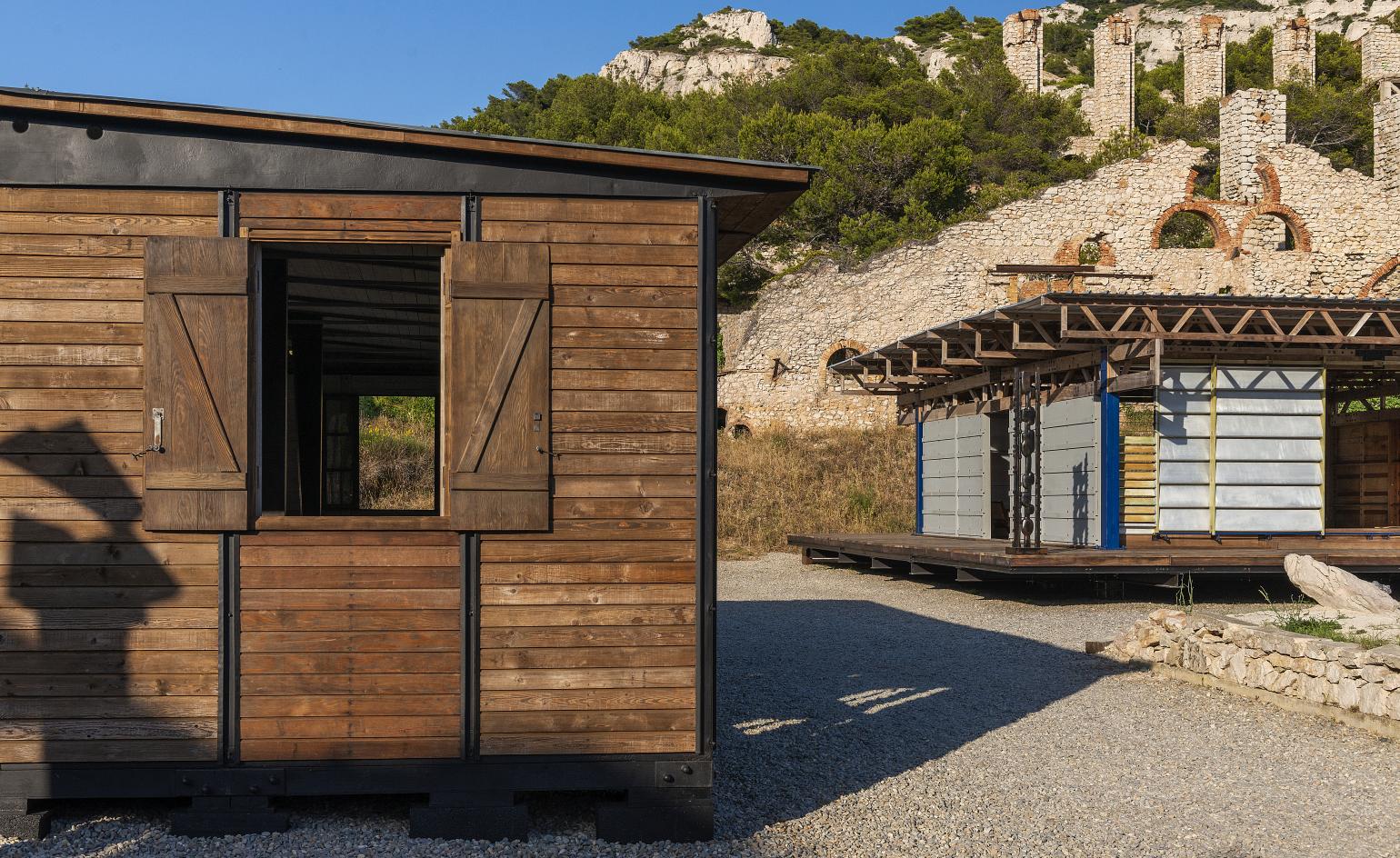
This summer sees the third open-air exhibition of lightweight architecture and sculpture at the Friche d’Escalette in Marseille. The park (a former lead mine) and its exhibits are privately owned by Éric Touchaleaume, a collector and dealer of the Fab Four – Jean Prouvé, Pierre Jeanneret, Charlotte Perriand and Le Corbusier. Touchaleaume’s dream was to restore this abandoned industrial heritage site to its former beauty, juxtaposing the works of architects and sculptors of the 20th century against the brick remains of the abandoned mine.
This year’s exhibition is entitled ‘Jean Prouvé North-South – In Praise of Simplicity’ and features two of Prouvé’s most iconic prefabricated houses, the ‘North’, Pavillon de Lorraine, and the ‘South’, Bungalow du Cameroun, both exquisite examples of his signature ingenuity and unique aesthetic.
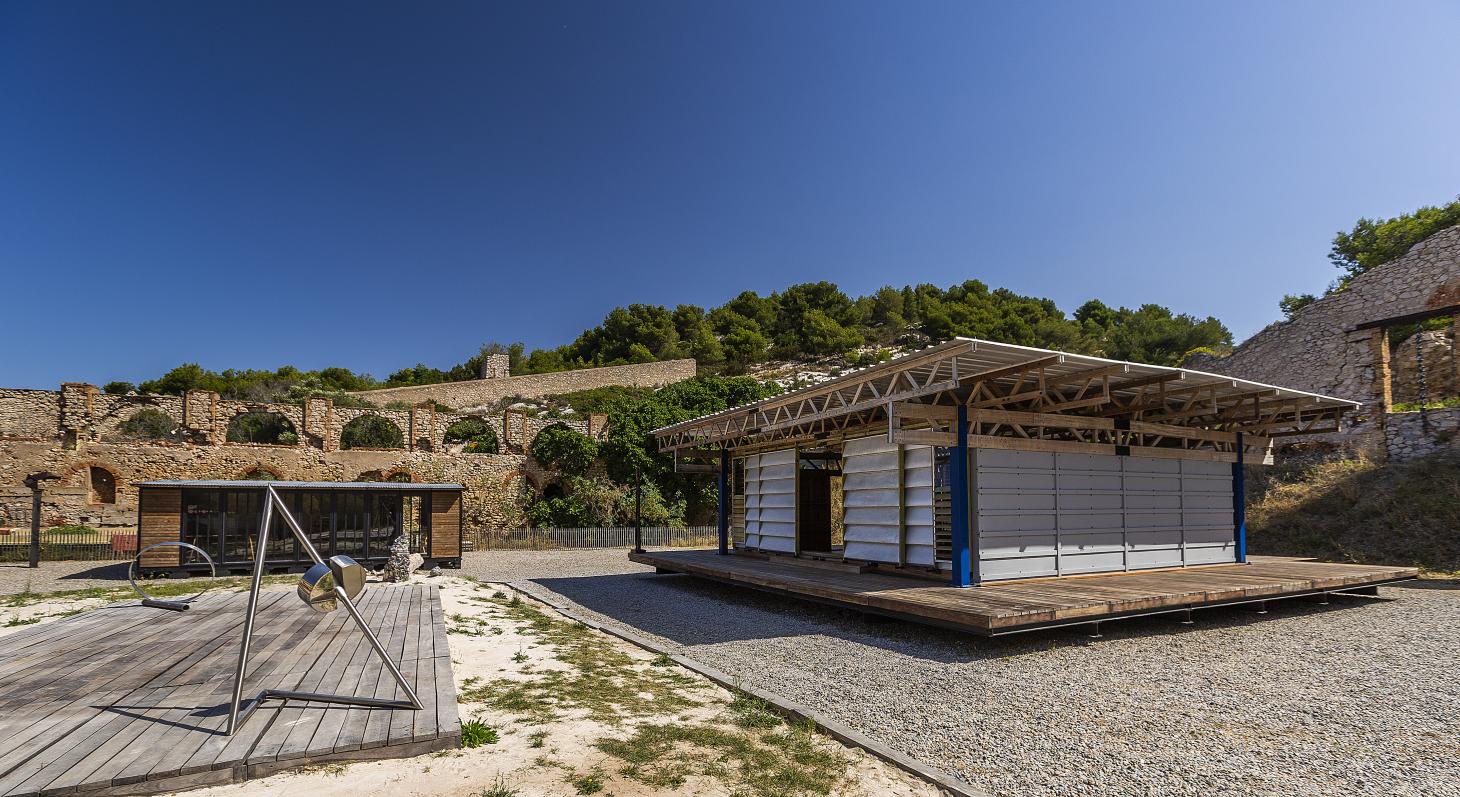
The two iconic Jean Prouvé structures sit side by side with a sculpture by Gérard Lardeur. archives Galerie 54, Paris
The Pavillon de Lorraine was commissioned by Prouvé’s atelier immediately after the liberation of France by Raoul Dautry, minister for reconstruction, for Lorraine families whose homes had been destroyed by bombing during the Second World War. Several hundred units were produced, and this is one of just 20 of them to have survived. This model has been exhibited in Miami, Los Angeles and Shanghai and is particularly noteworthy for Prouvé and Jeanneret’s ingenious ceiling gantry crane, whose especially compact design was created as a response to the shortage of steel during the war.
The Bungalow du Cameroun is a single module residential design for tropical wet zones, built to house a teacher or to be used as a classroom (double modules were made for families). The particular structure is one of the very few not to have suffered damage from the extremes of a tropical climate, termites and looting over half a century of wear and tear.
In terms of the art included in the show, this year, Touchaleaume shines a spotlight on overlooked sculptors of the 20th and 21st centuries, including Parvine Curie, François Stahly, Gérard Lardeur, Shamaï Haber and Costas Coulentianos. The works were selected for their ability to resonate with the architecture, nature and landscape of the site.
Wear sturdy shoes for the steep climb on loose gravel, and take a wide-brimmed hat to protect from the scalp-searing heat. Follow up this cultural immersion with a plunge into the crystal clear Med from the little stone pier just across the road. And bring a picnic.
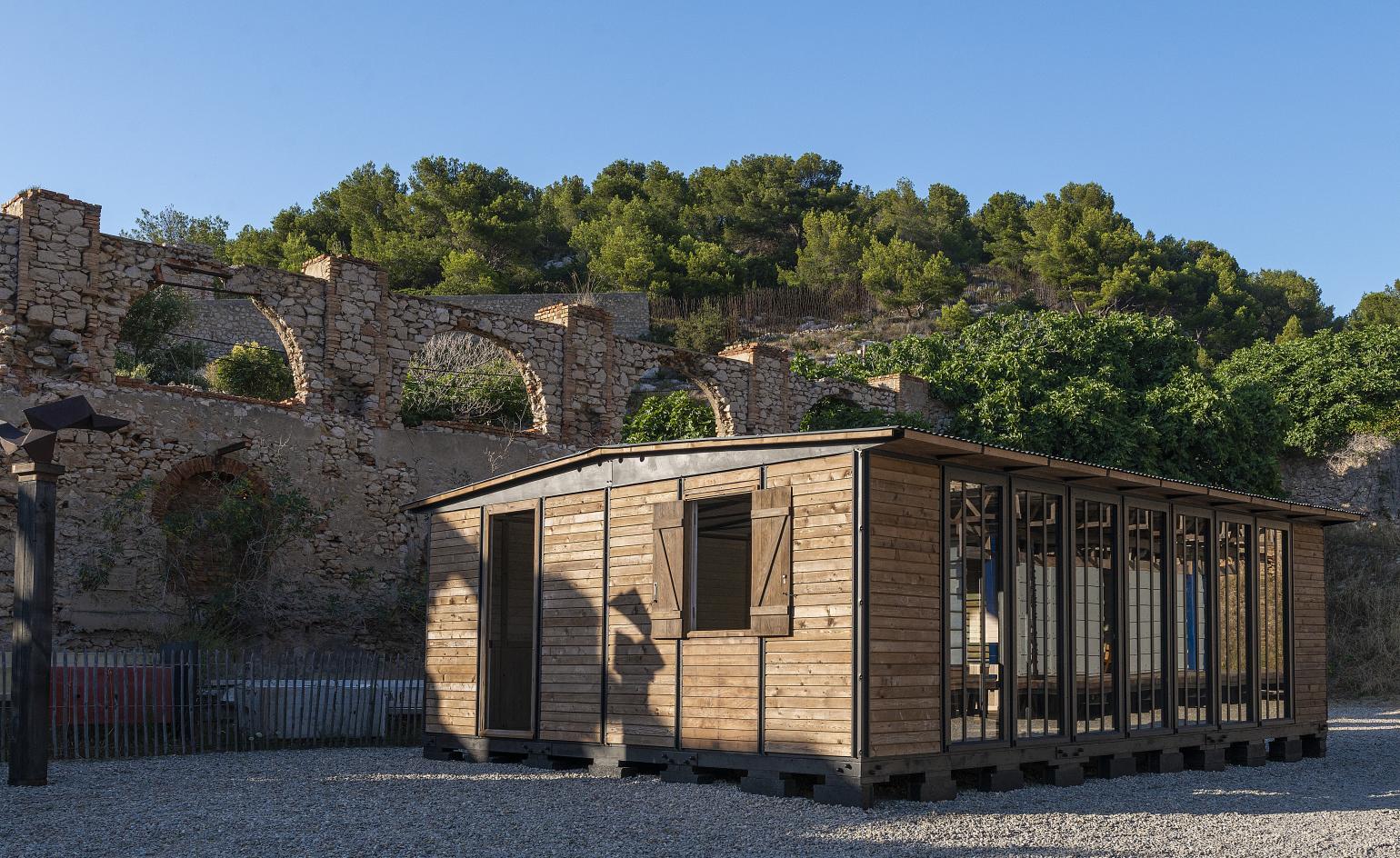
The Pavillon de Lorraine, pictured here with Costas Coulentianos' 'Envol' (1967) on the left
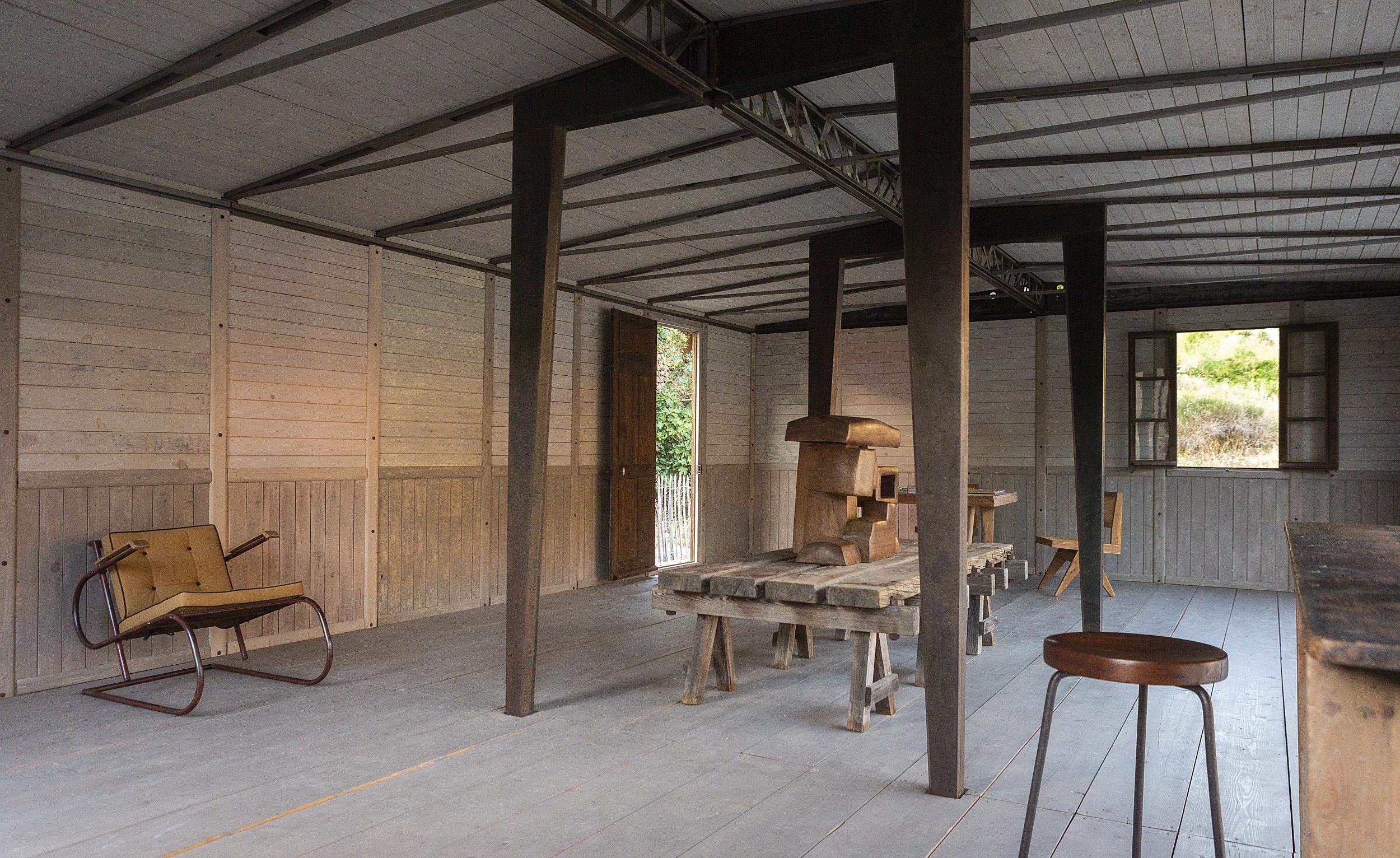
Inside, an ingenious ceiling gantry crane is one of the pavilion's most iconic elements. An armchair by Georges Henri Pingusson (left) and a high stool by Le Corbusier (right) decorate the interior.
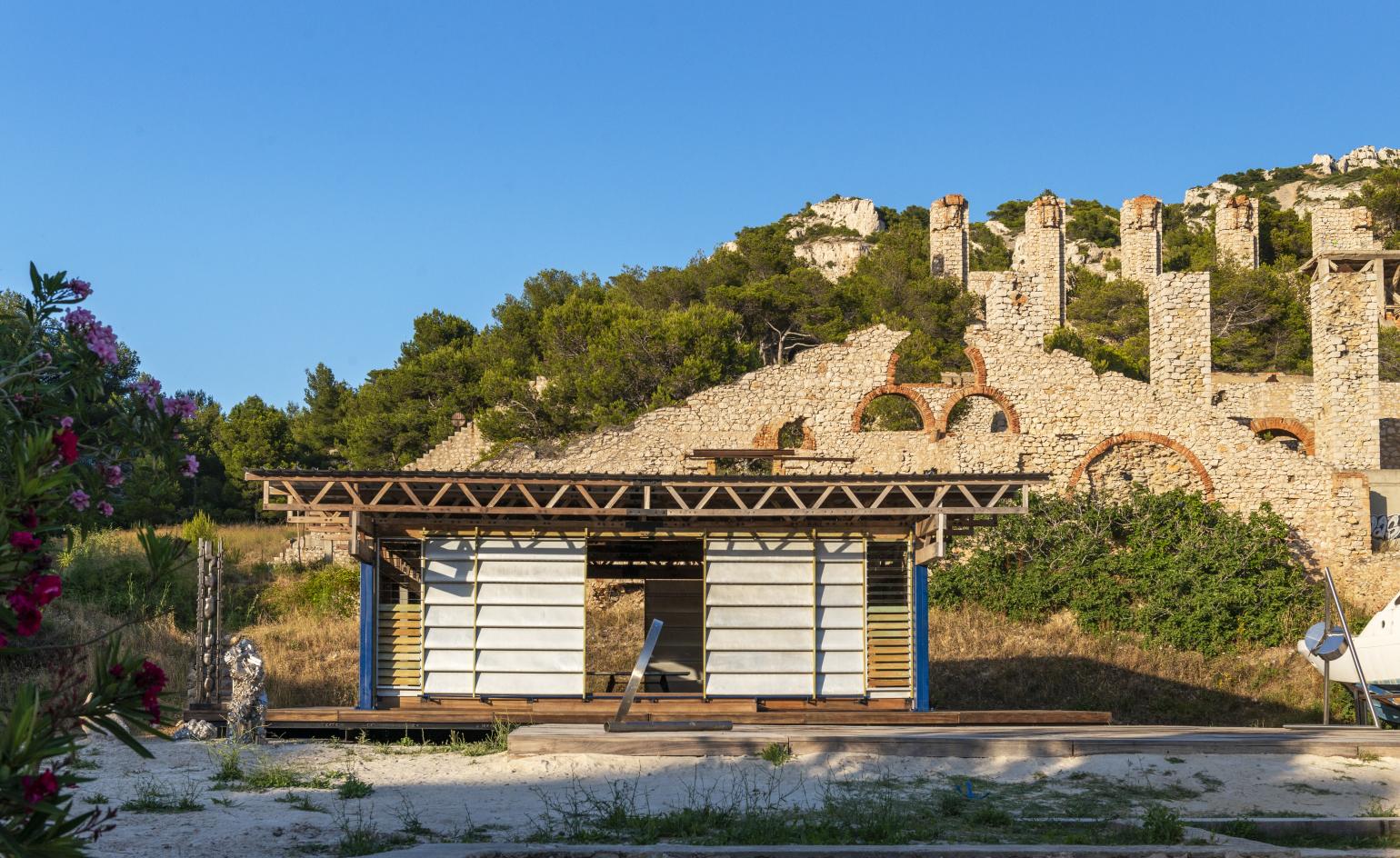
Bungalow du Cameroun with its dropped ceiling shines against the backdrop of La Friche's brick walls
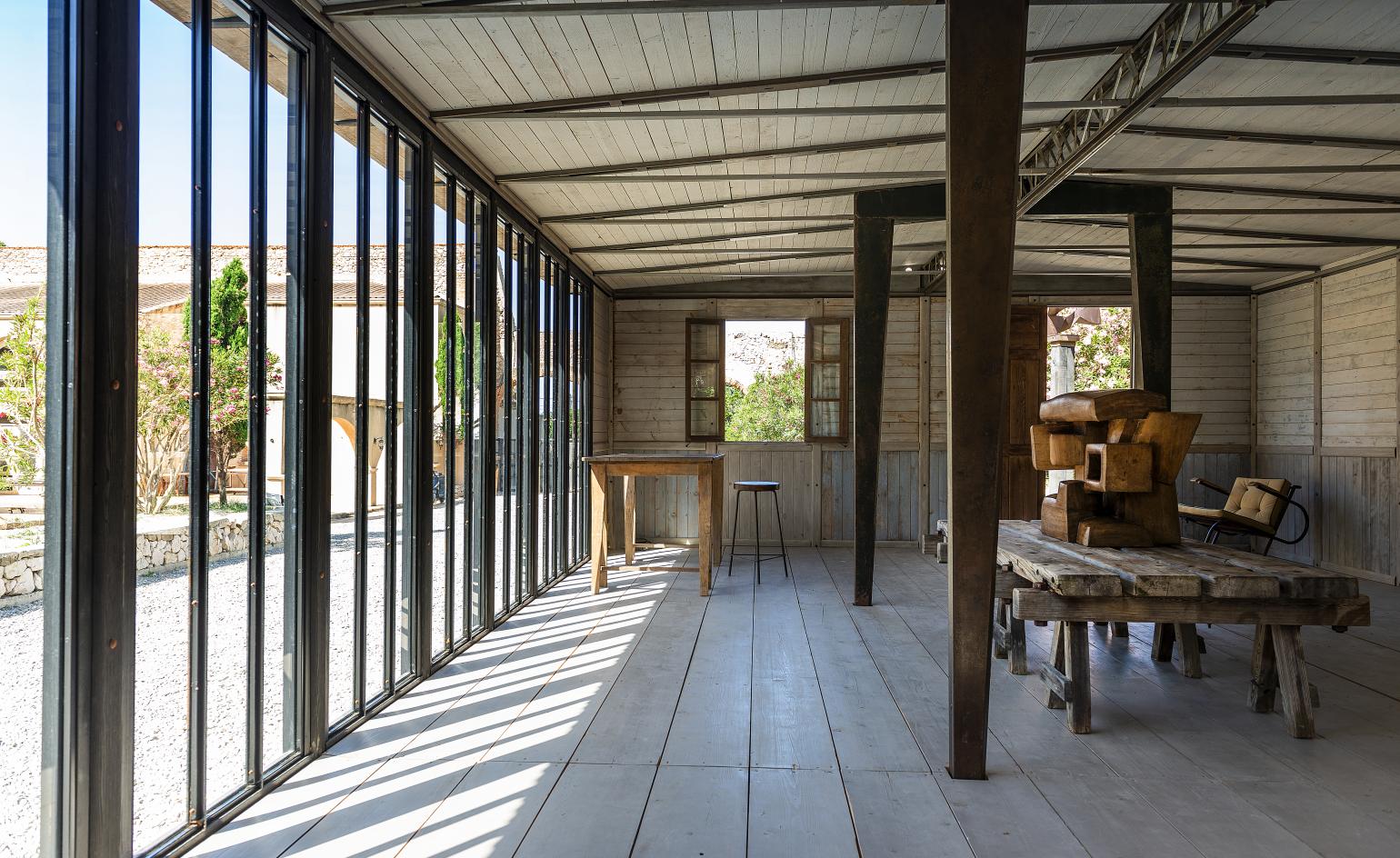
Inside the Pavillon de Lorraine features Parvine Curie's 'Grande Tête Suspendue' (1979). The interior also includes a high stool and table by Le Corbusier (right).
ADDRESS
La Friche De l'Escalette
Parc de sculpture et d’architecture légère
Route des Goudes, impasse de l’Escalette
13008 Marseille
France
Receive our daily digest of inspiration, escapism and design stories from around the world direct to your inbox.
-
 The Bombardier Global 8000 flies faster and higher to make the most of your time in the air
The Bombardier Global 8000 flies faster and higher to make the most of your time in the airA wellness machine with wings: Bombardier’s new Global 8000 isn’t quite a spa in the sky, but the Canadian manufacturer reckons its flagship business jet will give your health a boost
-
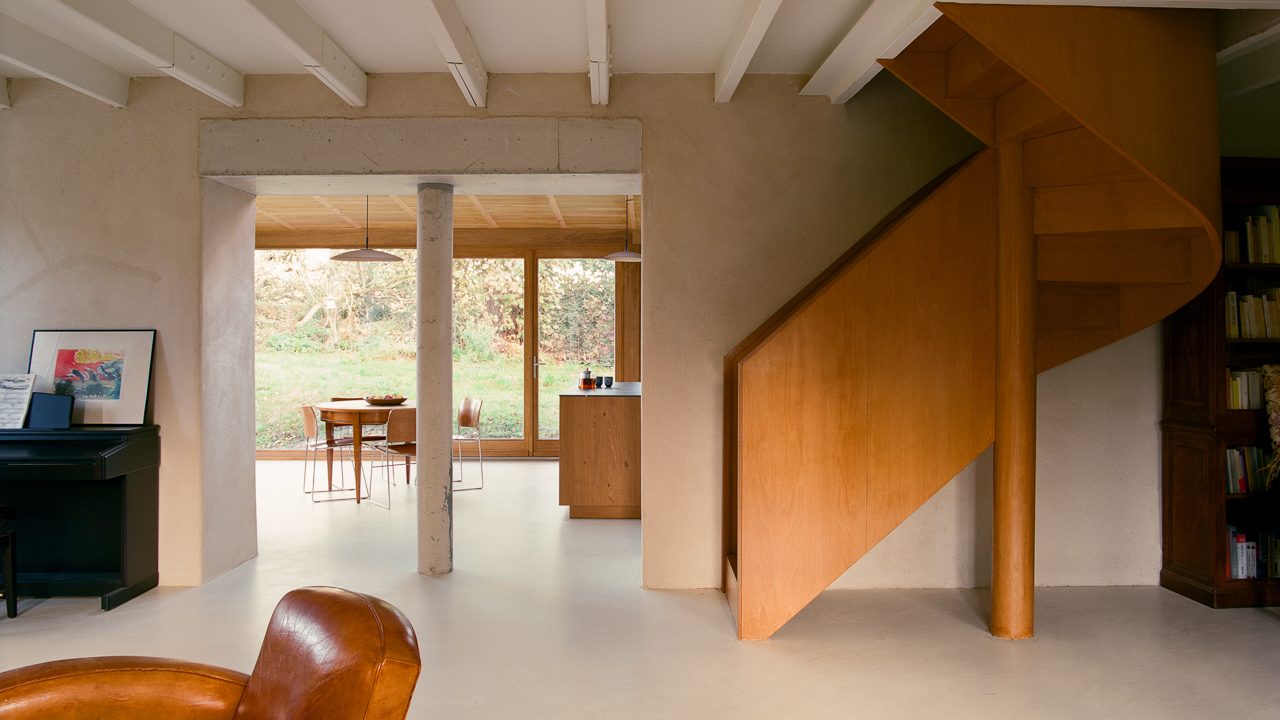 A former fisherman’s cottage in Brittany is transformed by a new timber extension
A former fisherman’s cottage in Brittany is transformed by a new timber extensionParis-based architects A-platz have woven new elements into the stone fabric of this traditional Breton cottage
-
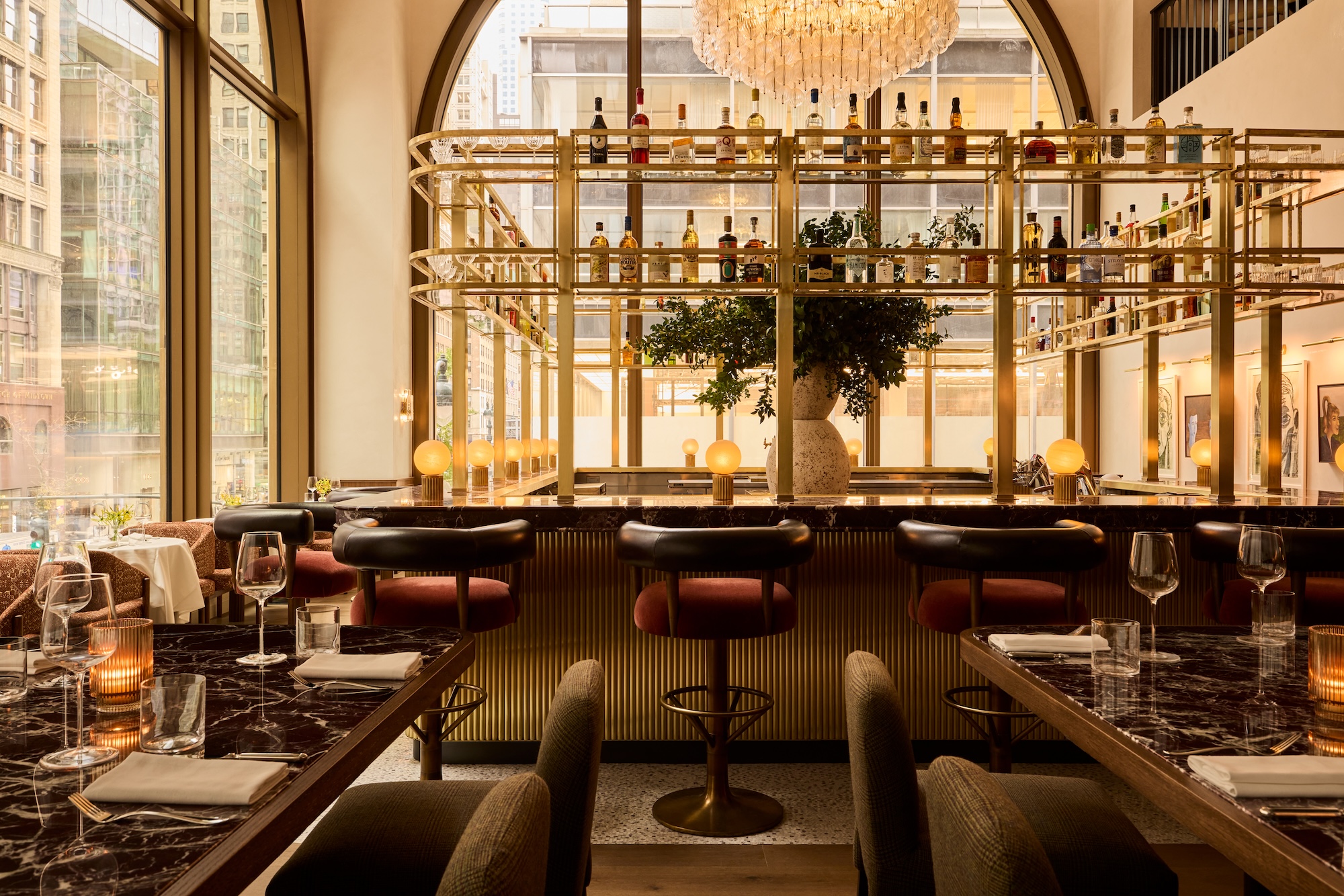 New York's members-only boom shows no sign of stopping – and it's about to get even more niche
New York's members-only boom shows no sign of stopping – and it's about to get even more nicheFrom bathing clubs to listening bars, gatekeeping is back in a big way. Here's what's driving the wave of exclusivity
-
 The Architecture Edit: Wallpaper’s houses of the month
The Architecture Edit: Wallpaper’s houses of the monthFrom wineries-turned-music studios to fire-resistant holiday homes, these are the properties that have most impressed the Wallpaper* editors this month
-
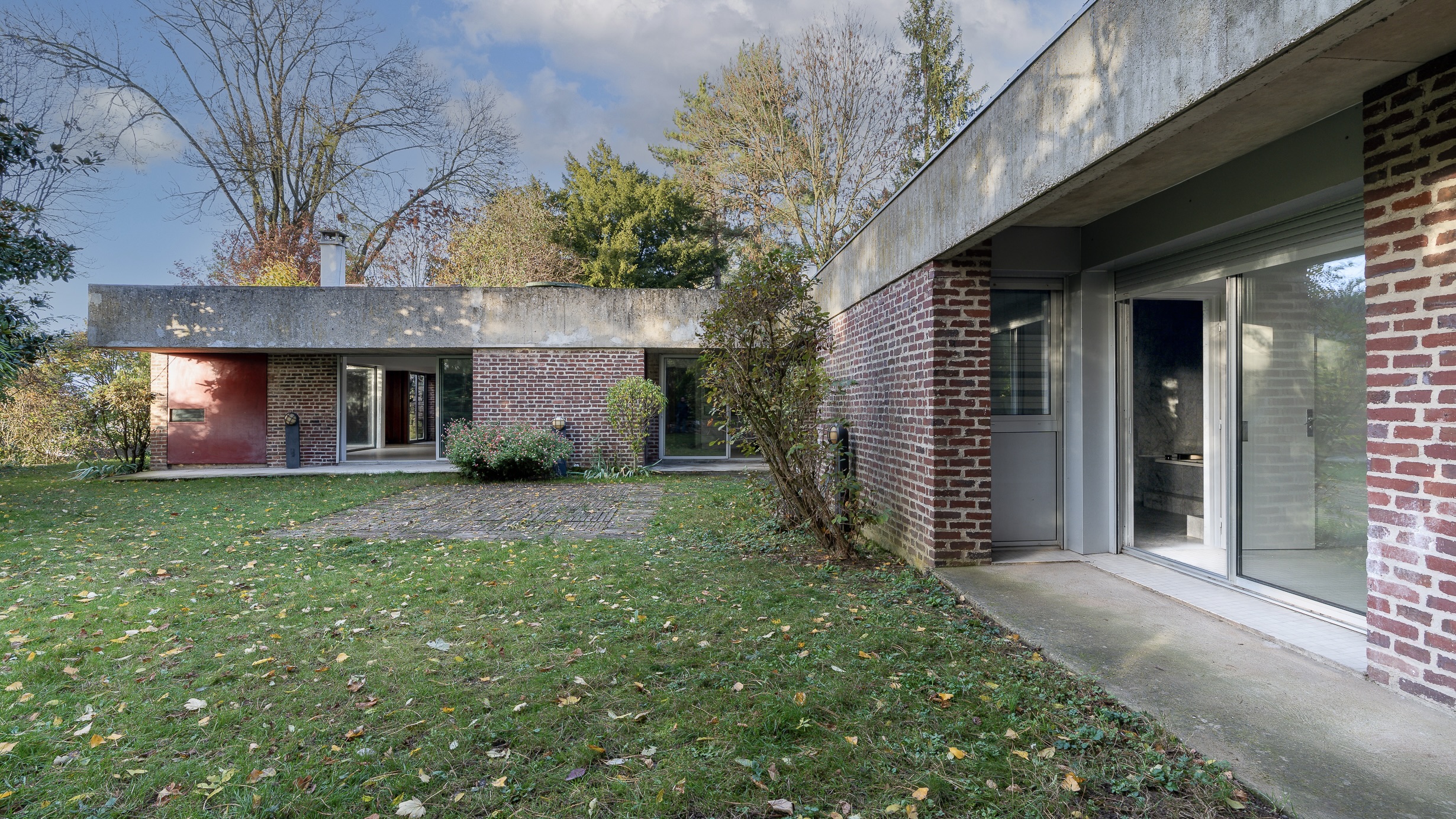 This modernist home, designed by a disciple of Le Corbusier, is on the market
This modernist home, designed by a disciple of Le Corbusier, is on the marketAndré Wogenscky was a long-time collaborator and chief assistant of Le Corbusier; he built this home, a case study for post-war modernism, in 1957
-
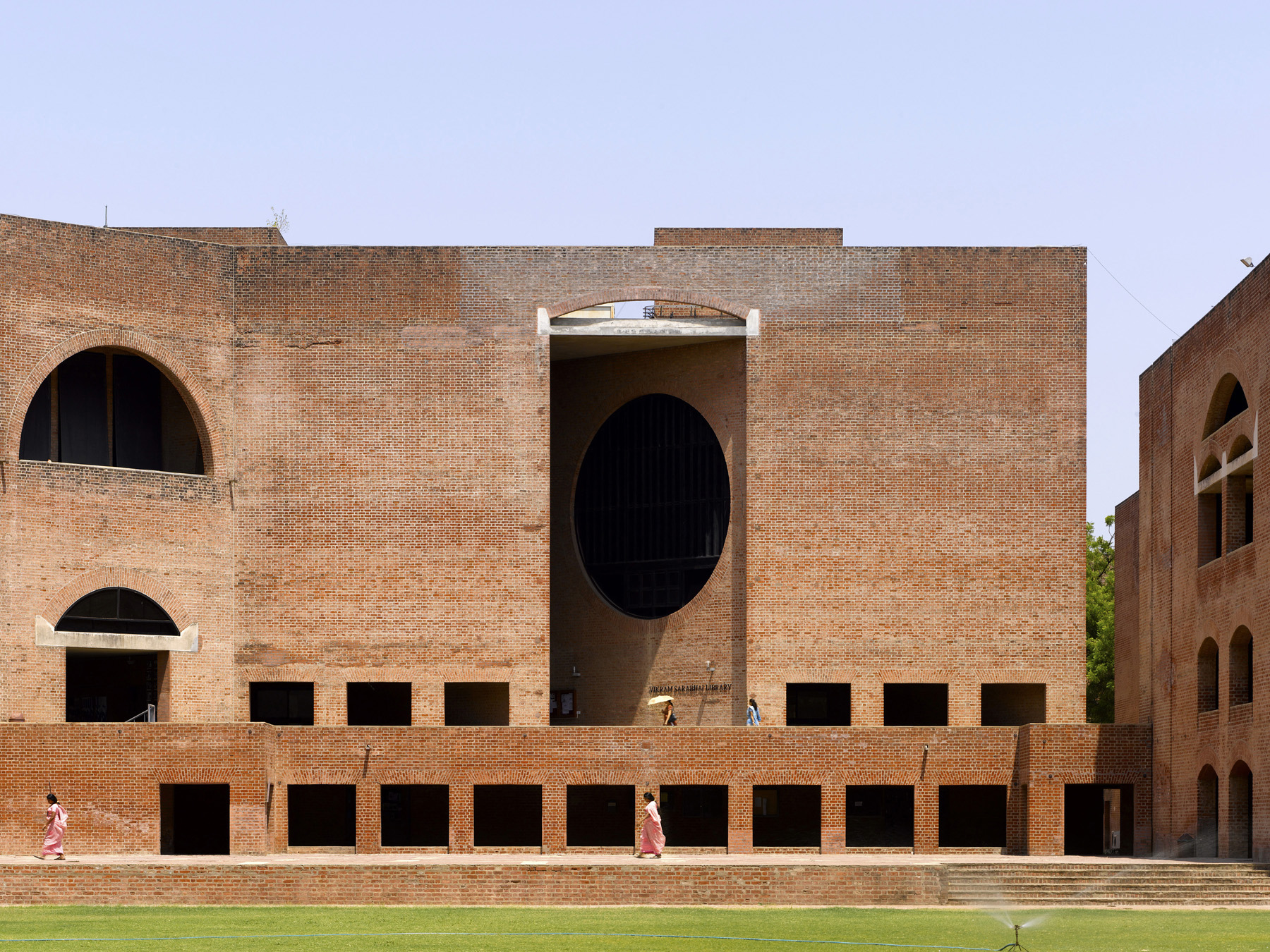 Louis Kahn, the modernist architect and the man behind the myth
Louis Kahn, the modernist architect and the man behind the mythWe chart the life and work of Louis Kahn, one of the 20th century’s most prominent modernists and a revered professional; yet his personal life meant he was also an architectural enigma
-
 The Architecture Edit: Wallpaper’s houses of the month
The Architecture Edit: Wallpaper’s houses of the monthFrom Malibu beach pads to cosy cabins blanketed in snow, Wallpaper* has featured some incredible homes this month. We profile our favourites below
-
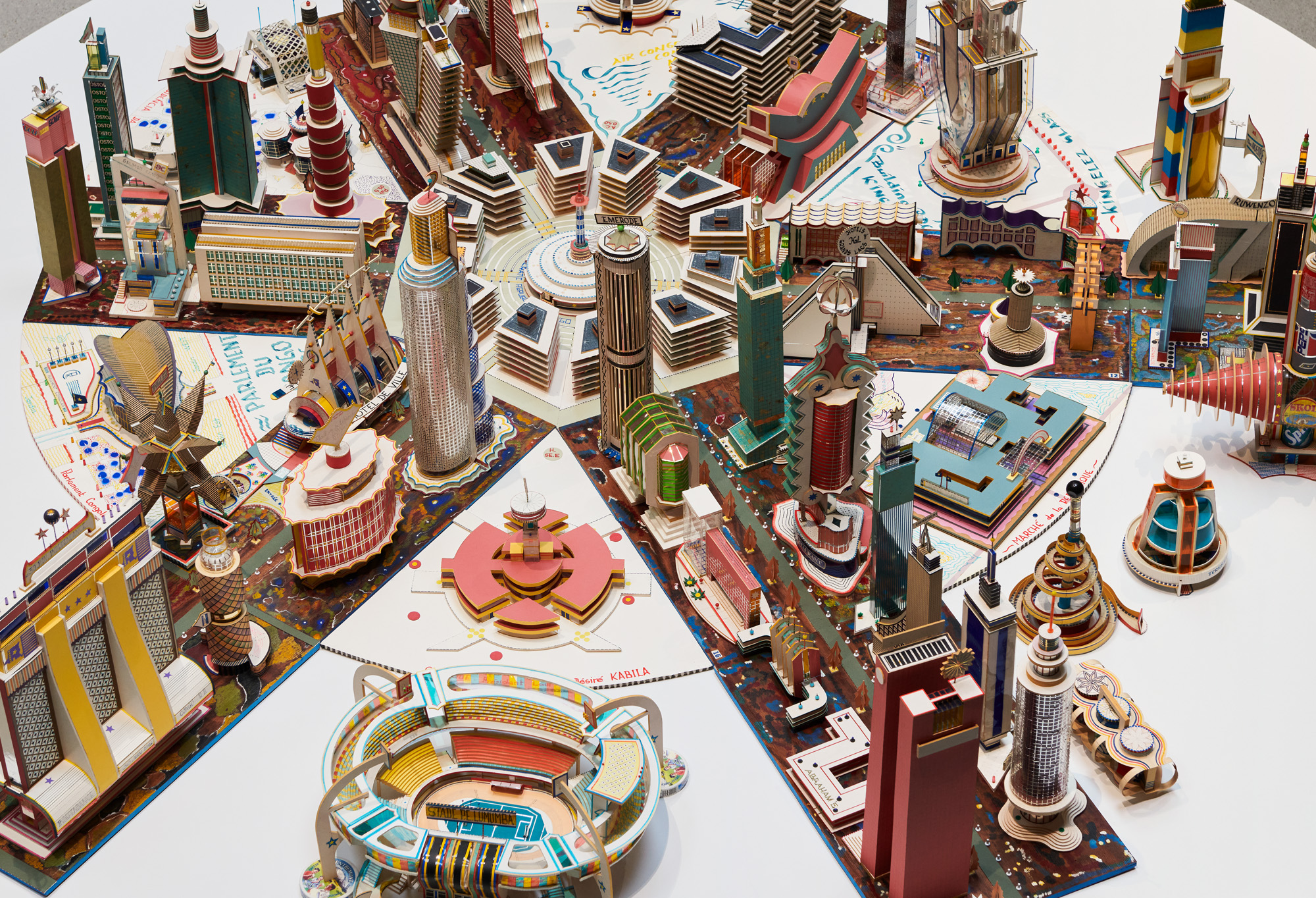 ‘You have to be courageous and experimental’: inside Fondation Cartier’s new home
‘You have to be courageous and experimental’: inside Fondation Cartier’s new homeFondation Cartier pour l'art contemporain in Paris invites us into its new home, a movable feast expertly designed by Jean Nouvel
-
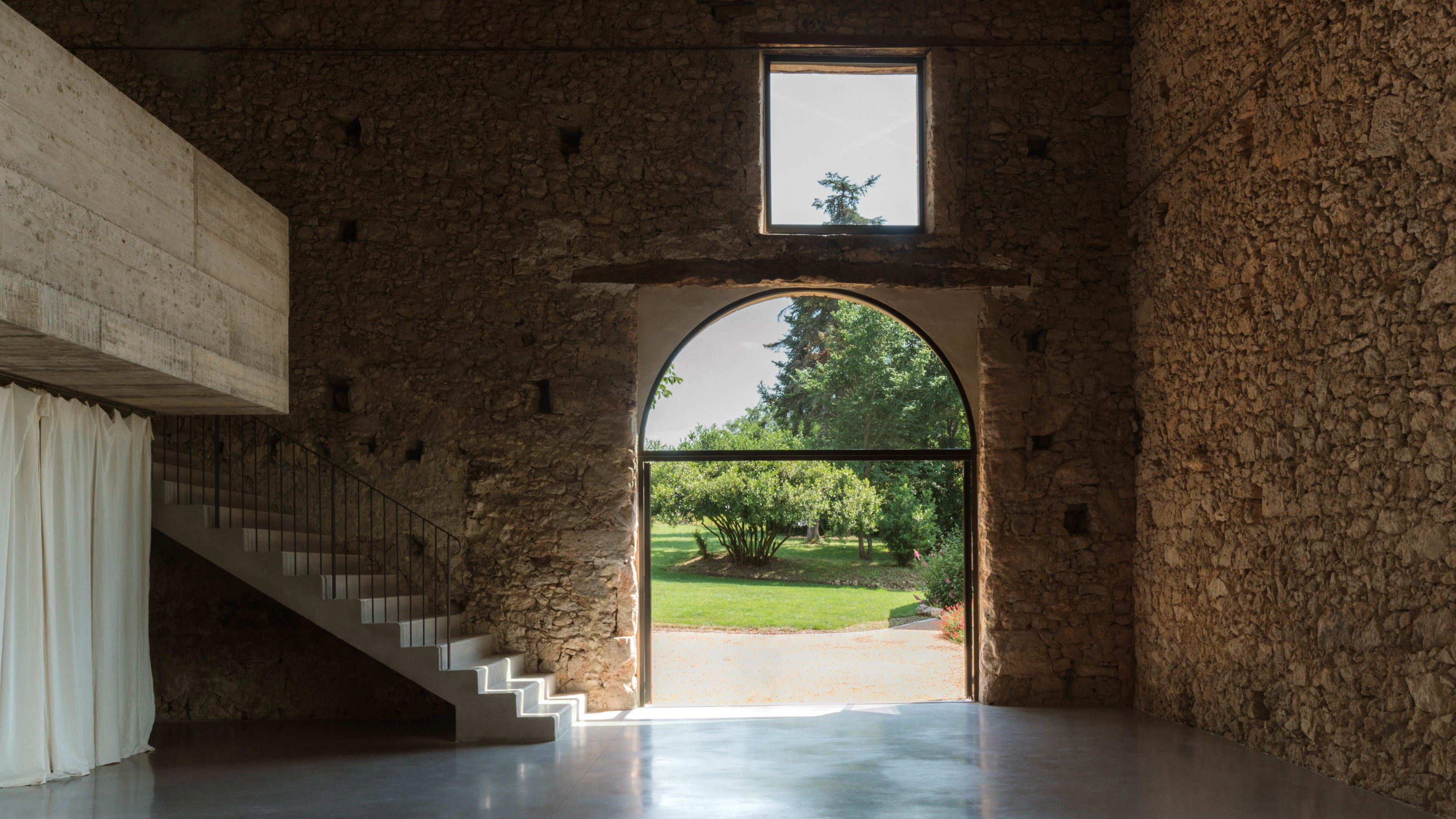 A wellness retreat in south-west France blends rural charm with contemporary concrete
A wellness retreat in south-west France blends rural charm with contemporary concreteBindloss Dawes has completed the Amassa Retreat in Gascony, restoring and upgrading an ancient barn with sensitive modern updates to create a serene yoga studio
-
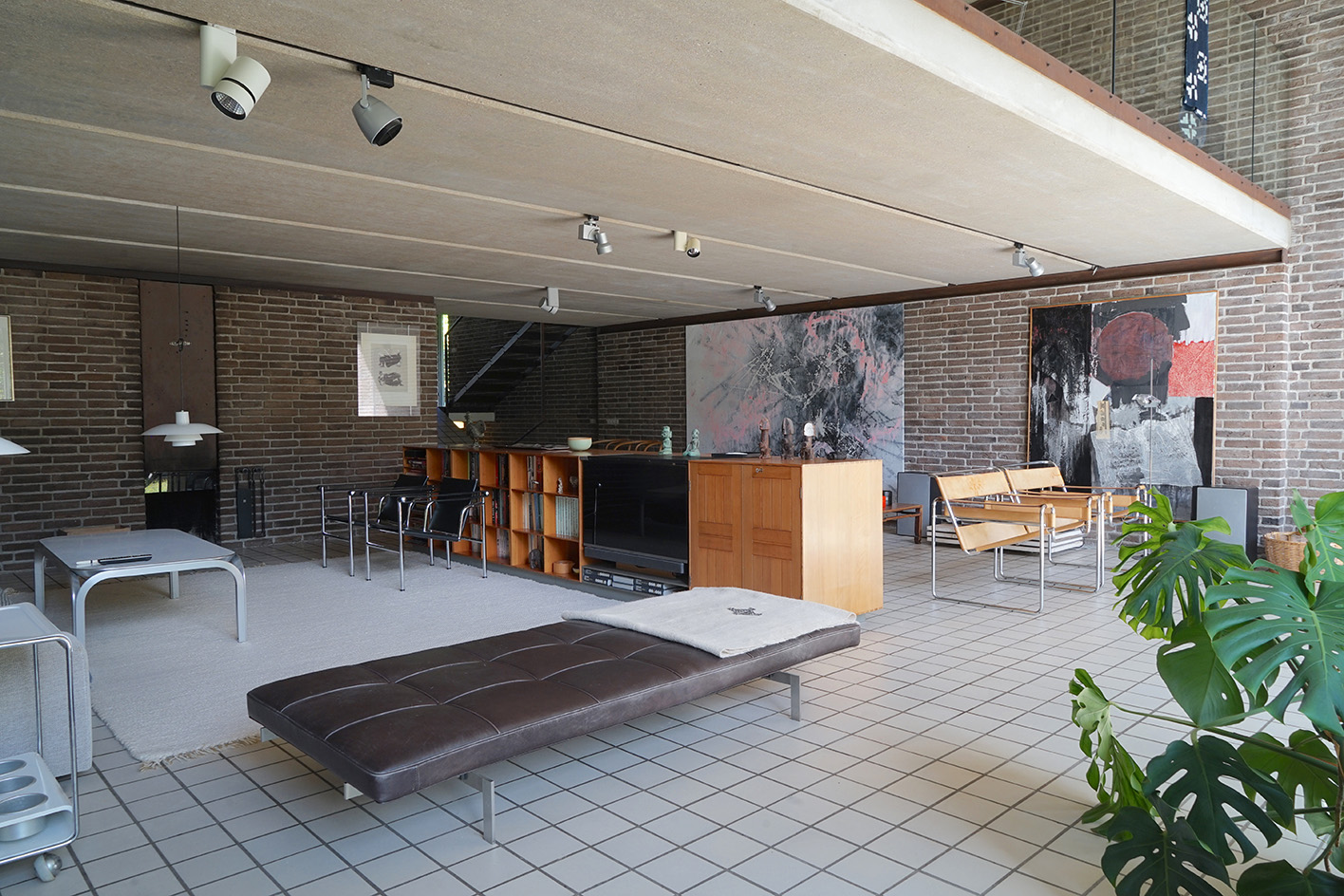 Three lesser-known Danish modernist houses track the country’s 20th-century architecture
Three lesser-known Danish modernist houses track the country’s 20th-century architectureWe visit three Danish modernist houses with writer, curator and architecture historian Adam Štěch, a delve into lower-profile examples of the country’s rich 20th-century legacy
-
 The Architecture Edit: Wallpaper’s houses of the month
The Architecture Edit: Wallpaper’s houses of the monthThis September, Wallpaper highlighted a striking mix of architecture – from iconic modernist homes newly up for sale to the dramatic transformation of a crumbling Scottish cottage. These are the projects that caught our eye